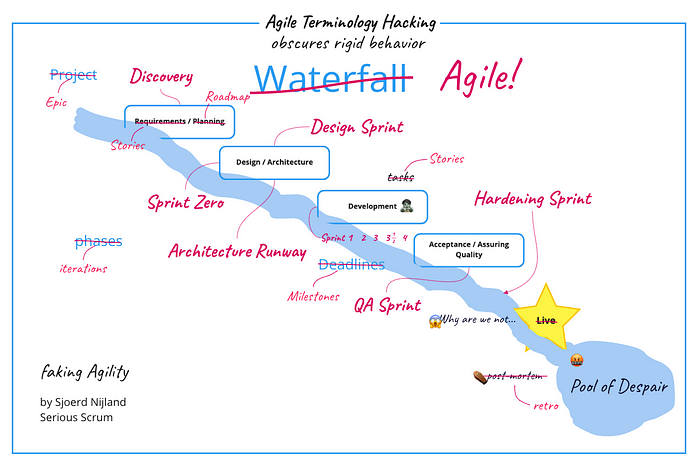My takeaways
why the LS? → conventional structures are either too inhibiting (e.g. presentations, status reports, managed discussions) or too loose/disorganized (e.g. open discussions, brainstorms) → conv. structures fail and generate frustrations → no space for new/good ideas to emerge
what are the LS? → 33 methods/tools to replace traditional meeting/facilitation structures → aim to include everyone
for whom? → everyone from C-suite to grassroots organizations
how? → minimal structure through simple constraints → DOs and DON'Ts
principles
1. Include and Unleash Everyone
2. Practice Deep Respect for People and Local Solutions
3. Build Trust As You Go
4. Learn by Failing Forward
5. Practice Self-Discovery Within a Group
6. Amplify Freedom AND Responsibility
7. Emphasize Possibilities: Believe Before You See
8. Invite Creative Destruction To Enable Innovation
9. Engage In Seriously-Playful Curiosity
10. Never Start Without Clear Purpose








